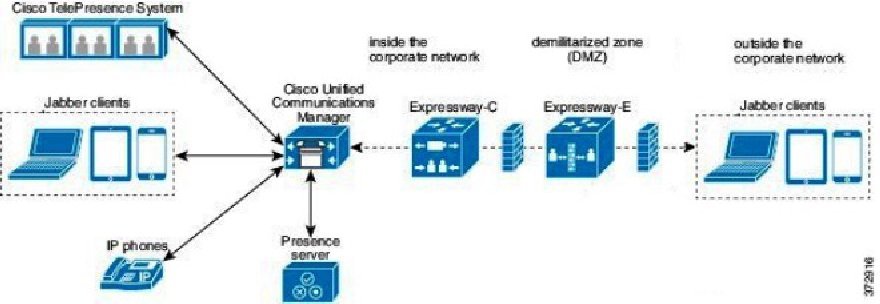
- #Deploying cisco jabber for windows registration#
- #Deploying cisco jabber for windows android#
- #Deploying cisco jabber for windows series#
To achieve a services model with a common framework Jabber uses the Client Services Framework.Client Services Framework is a base building block for the client application. this really broadens the conversation but for now I want to focus on the main UC services.Ĭlient Services Framework – Cloud or On-Premise

In this post I have focused on the main UC services voice, video, web conferencing but really API consumption can be part of this as well. By deploying a UC client that consumes rather than replaces services it has the ability to reduce the disruption across the board. Disruption to teams that have a focus on current roles, disruption to services that in all likely hood are already deployed, disruption for users as they are now not faced with having to change an interface or services (voice, video, web). Which is fine and has its own set of benefits but at the same time limits deployment models.īy using the common framework we can also reduce a serious issue presented by UC, disruption.
#Deploying cisco jabber for windows registration#
Rather than take a services approach and combine them into a single client, Lync consumes all major services from a single registration point.

This is a very different approach than Microsoft’s Lync. I see each independent workload more as a service and depending on your model, you may choose to consume them in different ways.This really speaks to the cloud trend of course but I see it relative to no matter where this service is coming from. This is because each of these once independent workloads can now be consumed in a variety of ways. So how do we bring together disparate technologies and teams that have really grown up over time in their own silo’s? The answer is by having a client that has a common framework that rather than force a change in the infrastructure brings together different services.Notice how I mentioned services. Most of the time disparate teams are so focused on their own mission statements of deployment and operational support, to be distracted from that is a big ask. I have sat in countless meetings where drawing the bigger picture either isn’t fathomable or just not wanted or “yeah we will get to it”. My point here is in general there is still so much market confusion around UC companies in general see UC as an overlay to an underlying infrastructure. Also, the fact remains that UC means different things to different people. If I look at how UC has grown up it would be impossible to finger a point in time or a single product that really created the idea of UC (although I am sure someone will claim it). One thing that has remained true is that its hard to bring different teams together in unison on a single project. I have worked in the IT industry for over 15 years and seen many a deployment of UC among other things. It really isn't any more complicated than that.
#Deploying cisco jabber for windows android#
This includes desktop (Windows & MAC), mobile (Blackberry, iOS and Android etc.), SDK and web clients (Jabber Guest). Similar to Microsoft's Lync brand, Jabber is the brand used to encompass Cisco’s Unified Communications clients and SDK’s. If I just started presenting this using a bunch of Cisco product names, someone who isn't familiar with those product names will quickly become lost. This isn't meant as a competitive post but more about explaining the solution in terms that someone more familiar with Lync rather than Jabber will understand. Mainly because I think those familiar with Lync will be interested in how Cisco brings their solution together. You will notice that I will make comparisons with Lync throughout this post. Something other UC platforms just can’t do.

While some may argue that the underlying infrastructure is complex each individual solution can actually stand on its own without the other pieces. Jabber provides a lot of flexibility which can really be attributed to the underlying architecture. Along with assumptions on why things are done the way they are there seems to be this constant comparison between Lync and Jabber when really both solutions approach things very differently. I think for most part Jabber is largely misunderstood.
#Deploying cisco jabber for windows series#
Cisco Jabber presents some really interesting options and my hope over the next few weeks is to write a series of posts that address some of these options.


 0 kommentar(er)
0 kommentar(er)
